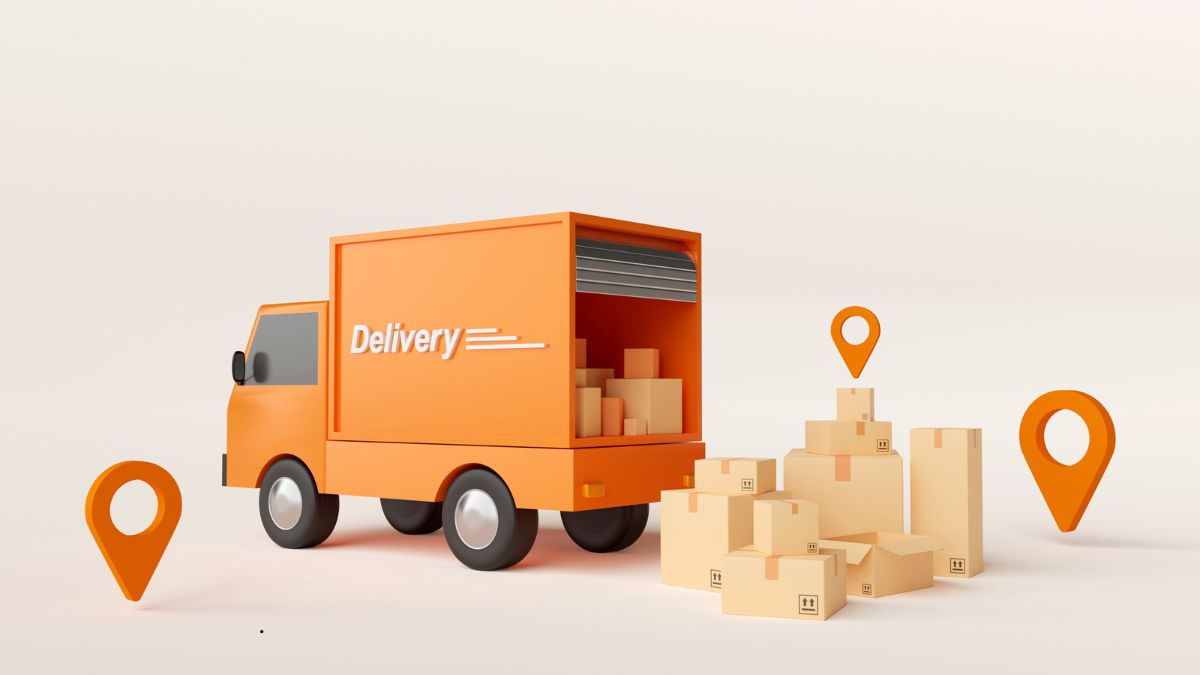
As e-commerce and second-hand trading platforms continue to boom across South Africa, the demand for fast, reliable, and localised delivery solutions has skyrocketed. With millions of South Africans shopping online through platforms like Yaga, Vinted, and Takealot, courier services have never been more vital.
Starting a courier business in South Africa today can be a lucrative venture—if done right. With large players like DHL and D2D Couriers already dominating, your success will depend on how well you identify gaps in the market and offer a unique, value-driven service.
Here’s a detailed, step-by-step guide to help you start and run a courier business in South Africa.
1. Conduct market research
Understanding your competition and customers is the first critical step. Study local courier companies, compare pricing models, and identify service gaps—such as the lack of same-day delivery or green transportation solutions. Use tools like Google Trends and conduct local surveys using platforms like Google Forms to learn what customers are actually looking for.
2. Build a business plan
Your business plan should clearly outline:
-
Your goals and service offering (e.g. fragile goods, same-day delivery).
-
Your target market (e-commerce sellers, SMEs, individuals).
-
Pricing strategies based on market research.
-
Operational plans for vehicle management and delivery tracking.
-
A marketing strategy using online and offline channels.
A good business plan will also help secure funding and attract partners.
3. Secure startup capital
Startup costs include vehicles, fuel, insurance, and digital tools. Funding options include:
-
Personal savings
-
Startup loans via SEFA or banks
-
Asset finance for vehicles (leasing or hire purchase)
-
Crowdfunding through platforms like Thundafund
4. Choose the right vehicles and equipment
Your vehicle choice depends on what you’re delivering. Bikes and scooters are great for inner-city routes, while vans suit larger or bulk deliveries. Prioritise fuel-efficient or electric vehicles for cost savings.
Essential equipment includes:
-
GPS & route optimisation software
-
Delivery tracking apps like ParcelTrack
-
Packaging tools for fragile goods
5. Register your business
Register your company name and complete legal registration with the CIPC. Online platforms like Govchain simplify the process and ensure you stay compliant.
6. Get proper insurance
Protect your business with:
-
Courier insurance (vehicles + goods)
-
Goods-in-transit insurance
-
Public liability insurance
Check with insurers like OUTsurance and King Price for courier-specific policies.
7. Hire reliable drivers
When expanding your fleet, look for drivers with:
-
Clean driving records
-
Good customer service skills
-
Flexible availability
Offer professional driver training via organisations like RTMC to ensure quality standards.
8. Use logistics & delivery software
Efficiency is critical. Adopt smart logistics tools such as:
-
Track-POD for route management
-
Google Maps or Waze for navigation
-
Zoho Inventory for package handling and storage
9. Market your courier business
Get noticed with:
-
A professional website (built on Wix or WordPress)
-
Social media accounts on Facebook, Instagram, and LinkedIn
-
Google My Business listing for local SEO visibility
-
Flyers and face-to-face outreach to nearby businesses
Final thoughts
Starting a courier business in South Africa is not just about delivering parcels—it’s about building trust, offering convenience, and adding value in a fast-changing digital economy. With the right strategy and tech tools, your business can grow beyond your local area to serve national and even cross-border clients.

